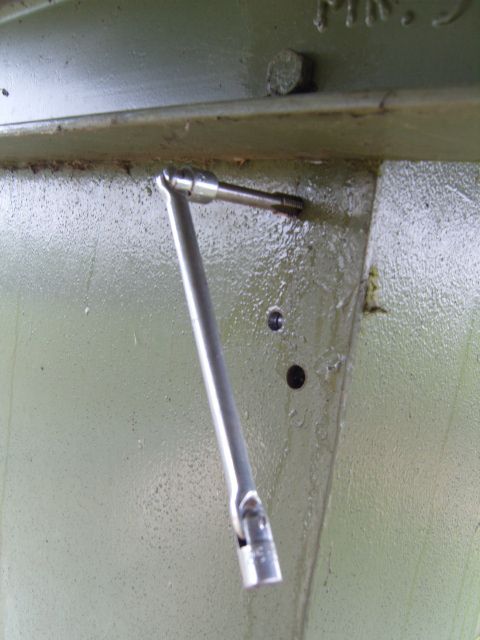When Needs Must, Nick!
I put some levelling-screws in my Harrison lathes' cabinet base-plate, already drilled but not tapped. According to the Harrison manual, you don't bolt these lathes down but level them with the screws provide – in my edition of machine they weren't. "Level" is defined as sloping slightly to the chip-tray drain.
I can assure you completing hand-tapping five 1-1/8"BSF holes in 5/8" thick steel with a hard skin on the underside and the holes a bit under-size for the thread, entailing wielding an ordinary spanner as "tap wrench" while lying on the floor in very cramped and awkward positions, and expecting naively to tap the threads square to the surface….
….. is a labour of gritted determination over several days.
That's even with the help of a somewhere-near-diameter Metric tap to quarry away some of the steel first. ( I drew scaled-up thread profiles first to determine how many turns I could get away with before the pitch and angle errors became significant.)
Former Member.





